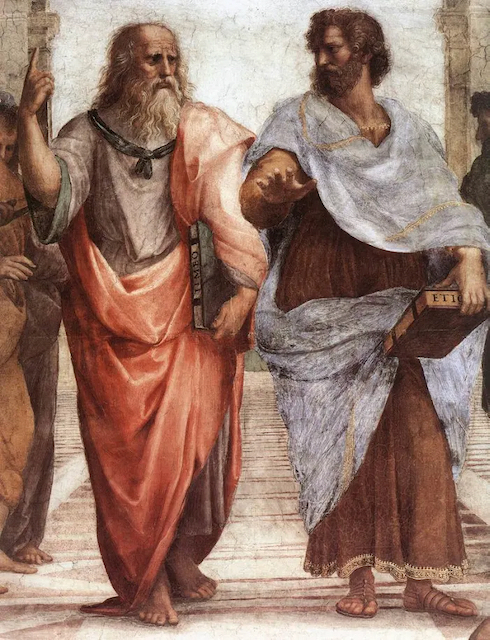Exclusion
Throughout history and continuing today people have been excluded from membership in society because of “difference”. Some of these reasons include:
- Fear
- Prejudice
- Lack of knowledge
- Differing beliefs
Some exclusionary practices have been obvious. Institutions for people with disabilities were built far from urban centres in order to remove people who were different from the rest of society. Subtle forms of exclusion such as eligibility criteria for services persist to the present day.
As you explore the Exclusion timeline, reflect/journal on the following:
- Are these overt or subtle examples of exclusion?
- Why do you think people with disabilities were excluded and treated in these ways?
- How did reading about historical examples of exclusion impact you?
-
BCE
-
Trephination is the oldest known surgical procedure and is documented by archeological evidence that exists from the Neolithic period (8000 BCE to 3000 BCE). In trephination, a hole was bored through the patient’s skull for the treatment of head injuries or to release bad humors and evil spirits from those with mental illness or epilepsy.
Trephination highlights the enduring presumption of a connection between people with disabilities and mental illness, disorders, and evil spirits.
“If all means fail the last remedy is to open the fore part of the Skul with a Trepan, at distance from the sutures, that the evil air may breath out. By this means many desperate Epilepsies have been cured, and it may be safely done if the Chyrurgeon be skilful.”
Riverius, Practice of Physick (1655)

-
In Ancient Greece, children with physical differences were thought to represent displeasure from the gods, and many were left to die on mountains, thrown from cliffs, or drowned.
“The offspring of the inferior, or of the better when chance they to be deformed, will be put away in some mysterious unknown place, as they should be.”
Plato, The Republic: Book V

-
18th Century
-
The families of individuals with mental illness or disability were solely responsible for their care. Families who were unable to provide care had extremely limited options available to them. Often their only recourse was to relinquish their family members to poorhouses or even jails.
-
19th Century
-
The Victorian era gave rise to both institutions and freak shows in Europe and America. Gathering people with disabilities and abnormalities together to be displayed for viewing in freak shows was in opposition to the institutional practice of hiding people away. Freak shows demonstrated how people with disabilities were portrayed as outsiders and different from the rest of society.
“The exhibition of freaks, monstrosities or marvels of nature were essential components of travelling exhibitions in Europe and America throughout the Victorian period. What was saleable as far as the freak was concerned, of course, physical difference, in a form that was both marketable and palatable.”
University of Sheffield, National Fairground and Circus Archive
Movies Related to Freak Shows
- Freaks (1932)
- The Elephant Man (1980)
- The Greatest Showman (2017)